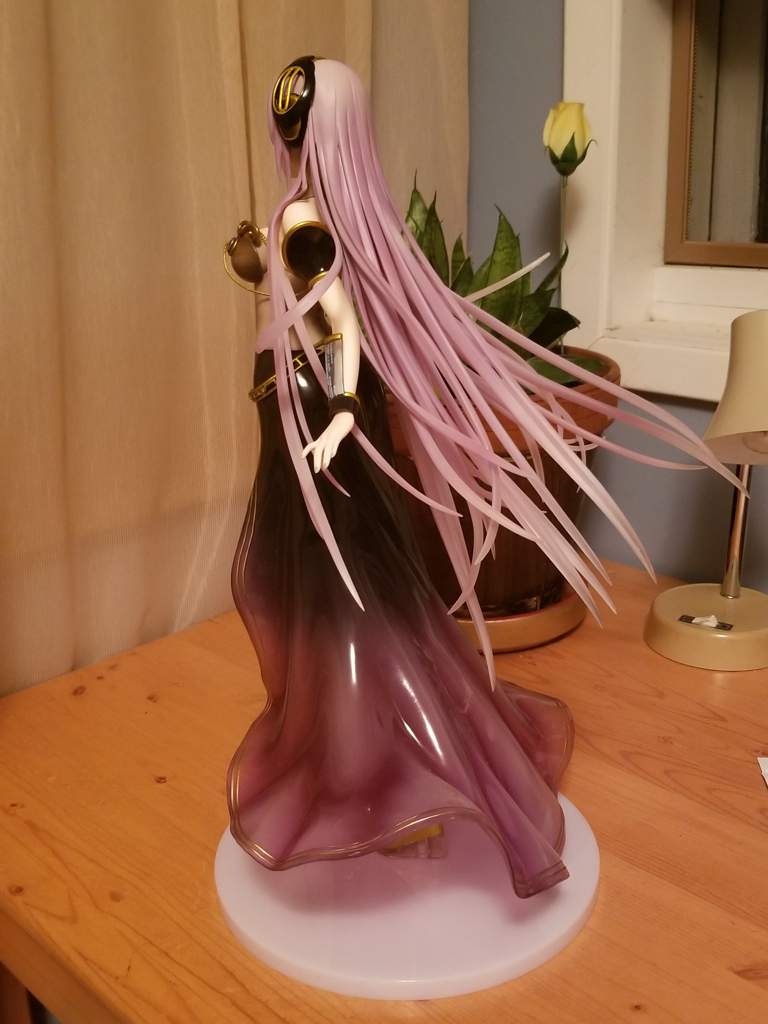


LUKA VOCALOID 4 SOFTWARE
PowerFX is a Swedish manufacturer that sells software based on the Vocaloid2 engine. NameĬrypton Future Media is a Japanese company that sold Vocaloid products using the first Vocaloid engine together with ZERO-G. ZERO-G was the first British manufacturer to launch Vocaloid products. Indeed, Crypton Future Media's Hatsune Miku release has proven to be the most popular of the Vocaloid voicebanks thus far. There have been numerous voicebanks using the Vocaloid technology released by many different companies to varying degrees of success. Simply put, Vocaloid is the name of the software itself, and any voice libraries using names or character art are supplemental to the software itself. The name was determined early in development although many fans incorrectly consider Vocaloid to merely be the juxtaposition of "vocal" and "android". In this way, "Vocaloid" has the meaning of "being similar to vocals". An example of its use is the word "humanoid" (similar to a human). The name Vocaloid was created by combining the term "vocal" with the suffix "oid", which denotes form or resemblance. Hatsune Miku" became the first album using Vocaloid for vocals to reach 1st place in the Oricon weekly albums chart. In 2010, "EXIT TUNES PRESENTS Vocalogenesis feat. Since then, record labels have been increasingly receptive to accepting artists who primarily use Vocaloid for vocals.

Since 2007, when Hatsune Miku using VOCALOID2 technology was released, many songs using Vocaloid software as main vocals were released on the Internet and the software gained global exposure. Originally developed to be used as backup vocals, Vocaloid was actively used for main vocals soon after its initial release. Version upgrades have since been released VOCALOID2 (2007), VOCALOID3 (2011), VOCALOID4 (2014), and the latest version VOCALOID5 which was released in 2018. Since then, Vocaloid-compatible sound libraries have been released by vendors all over the world, including Japan. Vocaloid was first announced in February 2003 and in 2004, the first packaged product for personal computers using Vocaloid technology was released by the firm ZERO-G in the United Kingdom. After three years of collaborative research with Yahama and the Universitat Pompei Fabra (UPF) Music Technology Group in Barcelona, Vocaloid signal processing was developed. The Vocaloid project began in March 2000 under the name "DAISY". Since an actual human's voice is sampled per voicebank library, more natural-flowing singing elements can be synthesized, including pitch changes, vibrato settings, and other melodic embellishments. However, as the software only handles vocals, additional software is required in order to create musical arrangements that accompany the vocals. With the Vocaloid software, it is incredibly cheap and easy to create expressive music without the need for hiring an actual vocalist. VOCALOID and its shorthand Japanese form, ボカロ are registered trademarks of Yahama Corporation.
LUKA VOCALOID 4 LICENSE
Sung lyrics can be created by inputting the melody and lyrics into the software, which then converts into a playable audio file that has been sung by a sampled human voice.Ĭompanies that have accepted a license agreement with Yamaha can produce their own singer libraries that contain sampled sounds and sell them as commercial products in combination with the Yahama software.

Wash the mask after every use.VOCALOID (hereafter stylized as Vocaloid) is the term for voice synthesis technology that was developed by Yamaha.


 0 kommentar(er)
0 kommentar(er)
